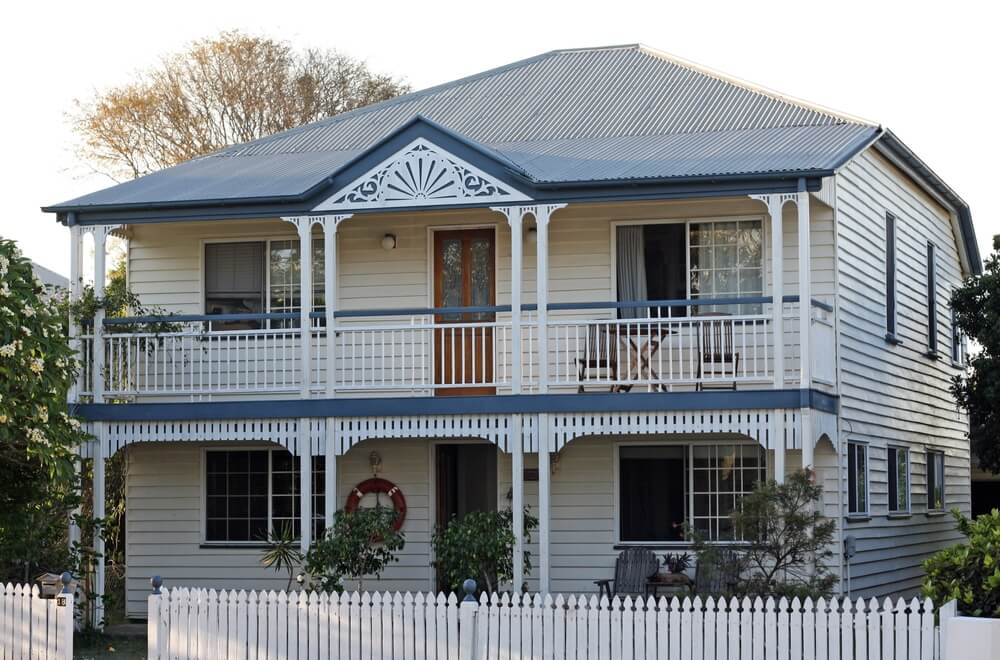When it’s time to re-side a historic home, every choice is crucial. These homes, with their classic pillars and elaborate crown moldings, embody the craftsmanship of the past. Selecting the right siding is not just about aesthetics; it’s about protecting the home’s heritage and ensuring compliance with local preservation guidelines. This careful balance helps maintain the home’s historical integrity while preparing it for the future.
Understanding the Unique Requirements of Historic Homes
Local Regulations and Historical Integrity

Re-siding a historic home comes with a unique set of challenges, primarily due to varying local regulations. Many cities have specific requirements concerning the type of siding and colors permissible for historic buildings. These regulations are designed to maintain the historical integrity of neighborhoods and ensure that any renovations do not detract from the original character of the area. Before planning your siding project, it’s essential to consult with local historic preservation boards to understand the specific constraints and requirements for your home.
Preserving Architectural Details
The architectural details in historic homes, such as decorative trims, moldings, and carvings, are often what make these properties so valued and distinctive. The siding you choose must complement these features, enhancing rather than overshadowing them. It’s not just about the visual appeal but also about how well the new siding integrates with the existing elements.
Choosing the Right Siding Materials
Vinyl Siding: Affordable and Versatile
Vinyl siding is a popular choice due to its cost-effectiveness and versatility. Modern vinyl siding comes in a range of colors and styles, some of which mimic the textures of traditional wood very closely. This can be particularly beneficial if local regulations allow for more modern materials that replicate historical appearances.
Fiber Cement Siding: Durability Meets Style
For homeowners looking for a material that offers both durability and aesthetic flexibility, fiber cement siding is a top contender. Brands like James Hardie provide products specifically designed to mimic the look of natural wood while offering superior resistance to weathering, fire, and pests. This makes them ideal for historic homes located in areas with harsher climates.
Engineered Wood Siding: The Natural Look
Engineered wood siding, such as LP SmartSide, offers the authentic appearance of real wood with added durability and less maintenance. This can be a fantastic choice for historic homes, blending seamlessly with the original wooden structures and maintaining the classic feel, all while providing improved longevity and performance.
Metal Siding: A Modern Touch
While not traditional, metal siding can sometimes be used on historic homes, especially in areas where more latitude is given in materials. It’s especially valued for its durability and minimal maintenance requirements, and with the right finish, it can also complement a historic home’s aesthetic.
The Importance of Proper Installation
Updated Techniques and Technologies
Installing siding on a historic home isn’t just about aesthetics; it also involves using updated installation techniques and technologies. Proper flashing, advanced fastening systems, and the latest moisture barriers are critical to ensuring the new siding performs optimally and protects the home effectively. This approach minimizes the need for ongoing maintenance and helps preserve the structure for the long term.
In Summary
When it’s time to re-side a historic home, the choice of material and the attention to installation details can significantly affect both the home’s aesthetic and its structural health. By understanding local regulations, choosing the right material, and ensuring modern installation techniques, homeowners can maintain the historical integrity while embracing the benefits of modern siding solutions. For detailed guidance tailored to your specific historic home, do not hesitate to contact us at Envision Exteriors Today. We specialize in marrying the old with the new, ensuring your home retains its classic beauty with all the benefits of contemporary siding solutions.





